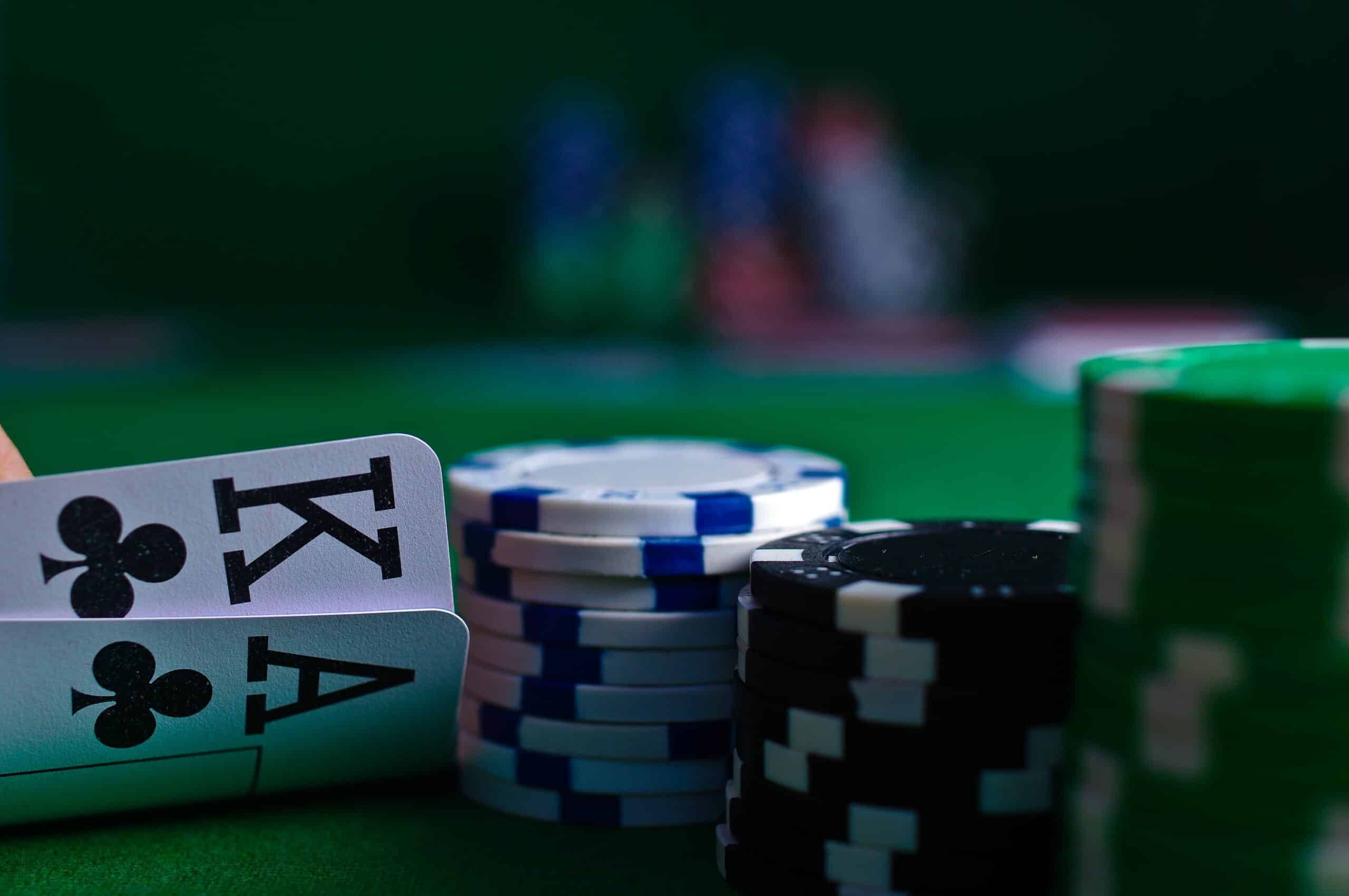
In the vibrant and stimulating world of gaming establishments, where luck and tactics intertwine, hues and design play a key role in attracting gamblers. As soon as players step inside a casino or access a gaming website, they are immersed in a sightly feast that captures their attention and lures them to explore further. Bright colors, captivating graphics, and creative layouts are carefully crafted to create an environment of thrill and anticipation, ultimately improving the gaming encounter.
While gamblers move through the ever-changing landscape of casino games, they come across a variety of designs that not only serve visual purposes but also influence emotions and choices. Colors like red and gold symbolize wealth and luck, while soothing blues and greens can create a much tranquil environment. Grasping how these elements work together allows casinos to create an inviting and stimulating atmosphere that encourages players to engage with the games, invest additional time at the tables, and increase their overall enjoyment.
The Study of Color in Casino Games
Tint plays a crucial role in the creation of gaming experiences, affecting player emotions and actions. Lively and bold colors, such as red and yellow, are often used to stimulate thrill and draw attention. These colors create a feeling pressure and energy, encouraging players to participate more eagerly with the experience. By strategically selecting hues, creators aim to inspire emotions of pleasure and anticipation, which can enhance the complete player experience.
Distinct colors also have psychological connotations that can affect how participants perceive their chances of winning. For instance, emerald is frequently associated with luck and abundance, making it a frequent choice in activities like roulette and poker games. This association can result participants to feel more optimistic and assured in their gameplay, ultimately motivating them to stake more. Comprehending these connections allows game designers to create environments that enhance player satisfaction and engagement.
Moreover, the interface of casino game interfaces often employs blended colors and opposing hues to instruct players’ responses. For example, successful results may be highlighted with bright, opposing hues, creating a visual reward. This approach reinforces positive outcomes and supports repeated gameplay. By utilizing the psychology of color, casinos can design games that not only attract players but also hold them engaged and committed in their game experience.
Creative Features that Engage Players
The aesthetic appeal of gambling games is primarily influenced by the use of bold colors. Lively and contrasting colors are strategically chosen to create an appealing atmosphere that captures attention. For instance, reds and golds often signify good fortune and wealth, which is why they are common in the color schemes of slot machines and table surfaces. These colors not only attract players in, but they also evoke emotions related to thrill and expectation, enhancing the total gaming experience.
In addition to color, the design and layout of gambling games play a significant role in player attraction. Games are designed to be intuitive, ensuring that players can easily understand the rules and mechanics. Accessible interfaces, along with engaging graphics and animations, help maintain player interest and promote extended play sessions. The tactile elements, such as the feel of the controls and the sounds of the games, also add to a holistic sensory experience that keeps players immersed.
Finally, thematic elements in gaming design can significantly influence player choice. Many gambling games are inspired by media, myths, or exploration motifs, featuring symbols and characters that resonate with players. These themes create a sense of immersion and relatability, making each game feel unique. online casino ohne OASIS When players feel a connection to the theme, they are more likely to choose that game over others, leading to increased participation and excitement within the casino environment.
Case Studies: Effective Casino Game Designs
One key example of effective gambling game design is the acclaimed slot machine series themed around hit movies. Games such as those based on the Wizard of Oz and Game of thrones utilize vibrant colors and top-notch graphics to enthrall players in recognizable narratives. The employment of moving visuals and entertaining sound effects grabs the focus of players, building an affective connection to the theme. This tactic merely encourages longer play but also enhances the overall gaming experience, resulting in increased player retention.
Another effective case is the application of the psychology of color in table games like blackjack and the wheel. Casinos often design these games with dark reds and greens, colors traditionally connected with luck and wealth. For instance, the green felt on a 21 table provides a relaxing effect, while the red accents in roulette invite anticipation. This intentional use of color helps to create an inviting atmosphere that motivates players to engage, addressing their psychological impulses and increasing their enjoyment.
Finally, online casino games that include community features and bright, colorful designs have seen remarkable success in engaging players. Games like Zynga’s Poker and Slot-O-Mania leverage bright colors and playful animations to establish an inviting online environment. The integration of leaderboards, social sharing options, and in-game rewards fosters competition and community, attracting players in for longer sessions. Such designs not just make the games visually appealing but also highlight social interaction, a crucial factor in player retention and engagement within digital casino environments.